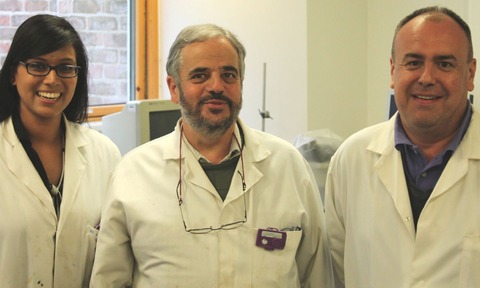
The Viscotek TDAmax system from Malvern Instruments was a key analytical tool in polymer research carried out by Kingston University researchers.
In a paper published in Polymers & Polymer Composites (Vol 21, No 1, 2013), researchers at Kingston University reported the results of continuing work to examine the effects of gamma irradiation on intraocular lenses (IOLs) used in cataract surgery.
Baljit Ghatora and co-authors examined medical grade poly(methyl methacrylate) (PMMA), which is used widely in developing countries to make rigid intraocular lenses and for which low cost, convenient gamma irradiation is increasingly the preferred method for sterilisation.
Previous reports have suggested that gamma irradiation has the potential to alter the structural features of the polymer, such as molecular weight and molecular size distribution, which in turn may impact the efficacy and performance of IOLs.
The newly published study follows earlier work that examined whether cross linking or chain scission predominated in the degradation process.
It reported on comparisons of structural differences between gamma-irradiated and control medical-grade PMMA discs analysed using triple detection GPC, as well as examining fluid uptake by the irradiated lenses following immersion in simulated aqueous humour solution (SAHS) and post-irradiation plasticisation determined using thermomechanical analysis.
Malvern’s triple detection GPC, combining size exclusion chromatography with light scattering measurements and viscometry, was applied specifically to determine absolute molecular weights and molecular weight distribution of the gamma sterilised PMMA, allowing these to be compared directly with control values.
The paper contributes to an increasing body of literature on how manufacturing processes can affect the usage of PMMA IOLs in cataract surgery.
To read the paper, please click on the link above.




